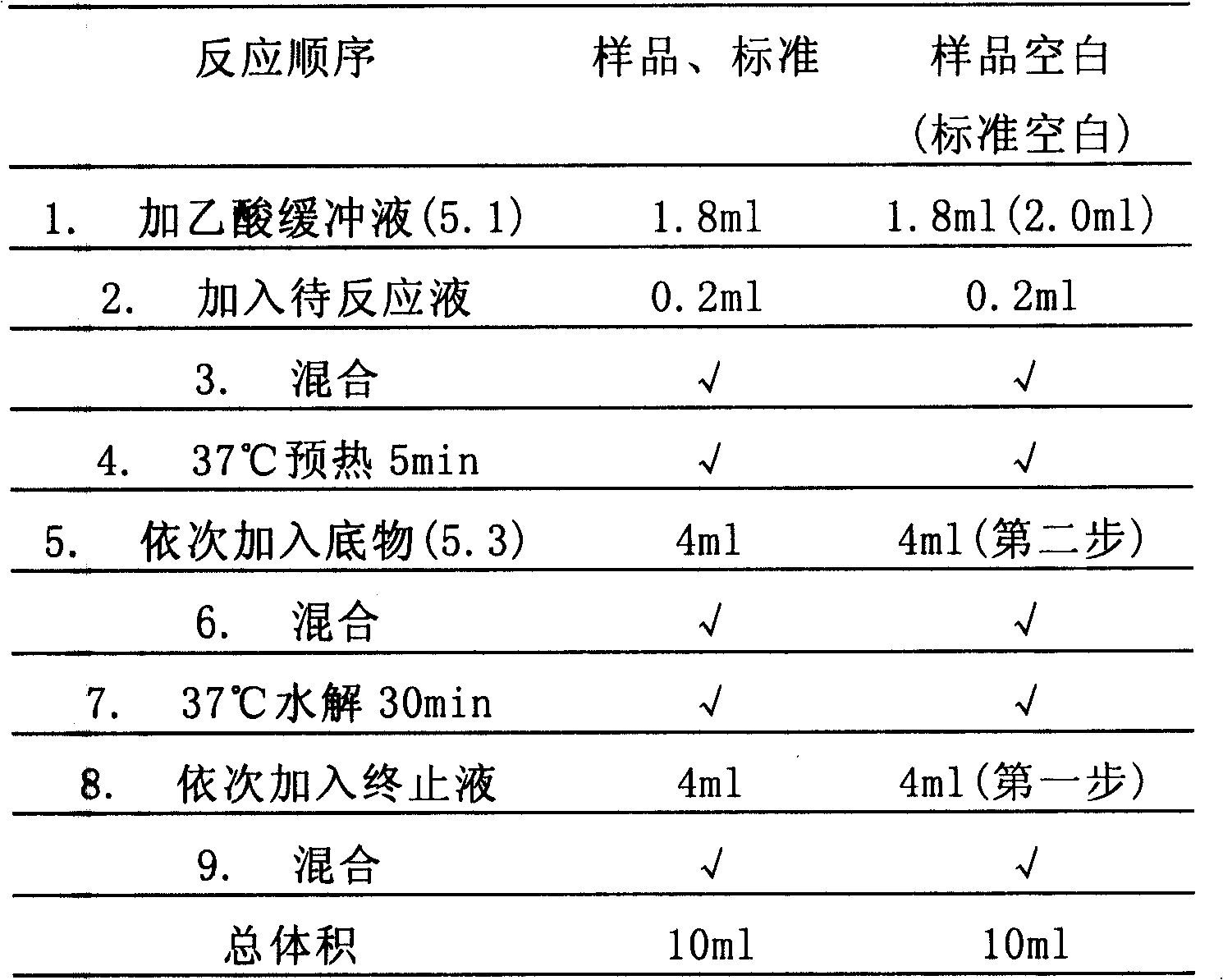Heat-resistance phytase gene and application thereof
A residue and amino acid technology, applied in heat-resistant phytase and its application field, can solve the problems that the temperature tolerance limit of phytase cannot meet the requirements, and the enzymatic activity of phytase is not ideal.
- Summary
- Abstract
- Description
- Claims
- Application Information
AI Technical Summary
Problems solved by technology
Method used
Image
Examples
Embodiment approach
[0068] As an embodiment of the present invention, the gene encoding the PhyA-M protein of the present invention can be used to prepare transgenic plants, and the obtained transgenic plants express the PhyA-M protein. Using the transgenic plant as a feed ingredient for animals can provide a stable source of phytase in the feed, thus no additional addition of phytase is required.
[0069] In addition, the gene encoding the PhyA-M protein can also be introduced into the animal body, so that the animal itself can express the PhyA-M protein, making the PhyA-M protein an endogenous enzyme. This saves a lot of extra work from external sources.
[0070] The present invention also provides a composition, which contains a safe and effective amount of the PhyA-M protein of the present invention and a food or feed acceptable carrier or excipient. Such carriers include, but are not limited to: buffer, dextrose, water, glycerol, ethanol, acetic acid, wheat bran, corn cob, or combinations t...
Embodiment 1
[0076] Embodiment 1: Cloning of heat-resistant phytase gene
[0077] 1. Collection of samples
[0078] Samples of soil or dead plants were collected from hot springs and other warm areas. Since these places have a large amount of plant-based phytic acid, bacteria with strong metabolic ability for phytic acid can be obtained through screening, and the ambient temperature is high, so as to compare The gene for phytase with thermotolerance was easily isolated.
[0079] 2. Isolation of high-yield heat-resistant phytase strains
[0080] Through the enrichment culture of the isolated samples, these bacterial suspensions are spread on the selection medium containing calcium phytate to grow. When there is a hydrolysis circle, all the colonies are separated one by one and cultured separately, and then screened by the size of the hydrolysis circle. strains with high productivity.
[0081] Through the method of microbial classification, the taxonomic status of each colony is identifie...
Embodiment 2
[0124] Embodiment 2: Transformation and artificial synthesis of heat-resistant phytase gene
[0125] According to the gene sequence encoding the mature protein of phytase, according to the codon preference of Pichia pastoris, sequence modification was carried out without changing its amino acid sequence, and at the same time, AT sequences (ATTTA, AATAA, AATTAA, etc.) were avoided in the sequence. ) appears. And according to the multi-cloning site design of the cloning vector used, add appropriate restriction endonuclease sites, divide the whole gene into 11 parts, and then divide each part into single strands with a length of no more than 60 nucleotides Nucleotide fragments are artificially synthesized, and the method of artificial synthesis is well known to those skilled in the art.
[0126] The full length of the gene is 1329bp after removing the N-terminal 66bp signal peptide coding sequence. According to the codon bias of Pichia pastoris, the modification was carried out...
PUM
 Login to View More
Login to View More Abstract
Description
Claims
Application Information
 Login to View More
Login to View More - R&D
- Intellectual Property
- Life Sciences
- Materials
- Tech Scout
- Unparalleled Data Quality
- Higher Quality Content
- 60% Fewer Hallucinations
Browse by: Latest US Patents, China's latest patents, Technical Efficacy Thesaurus, Application Domain, Technology Topic, Popular Technical Reports.
© 2025 PatSnap. All rights reserved.Legal|Privacy policy|Modern Slavery Act Transparency Statement|Sitemap|About US| Contact US: help@patsnap.com


